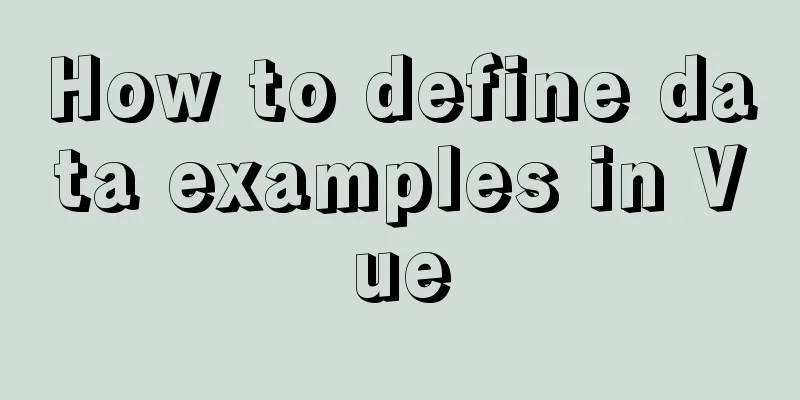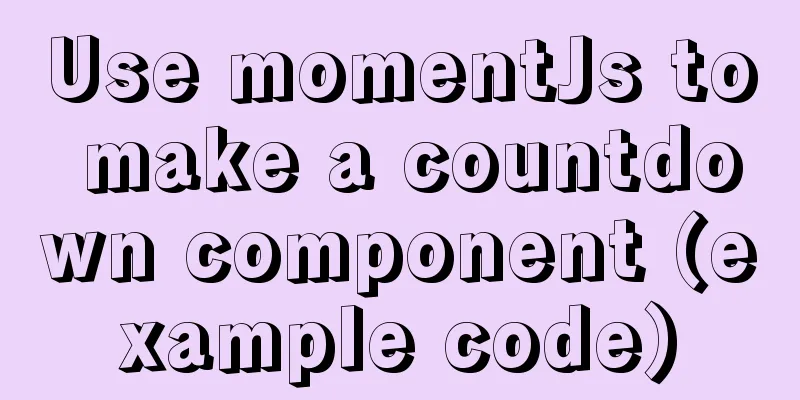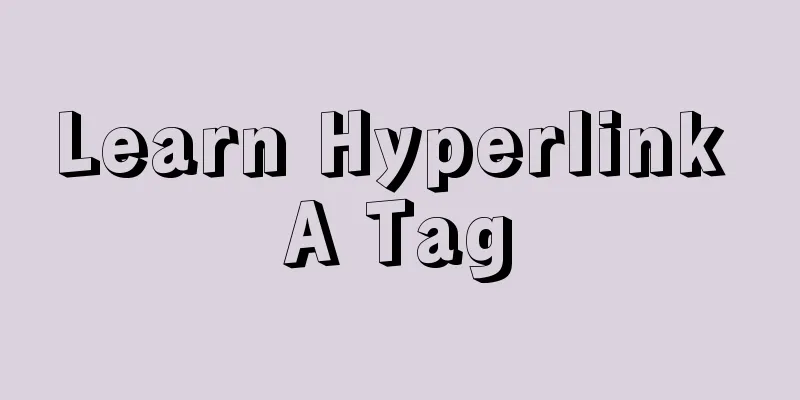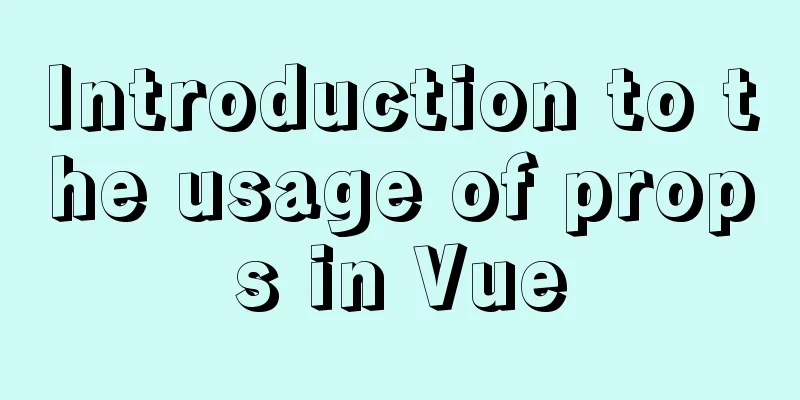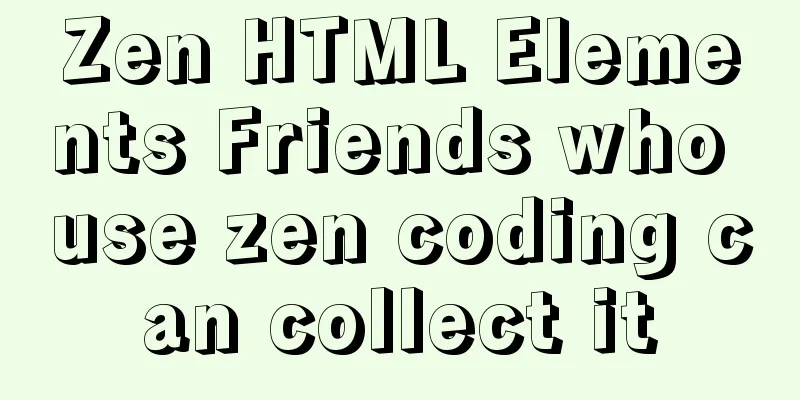JavaScript operation elements teach you how to change the page content style
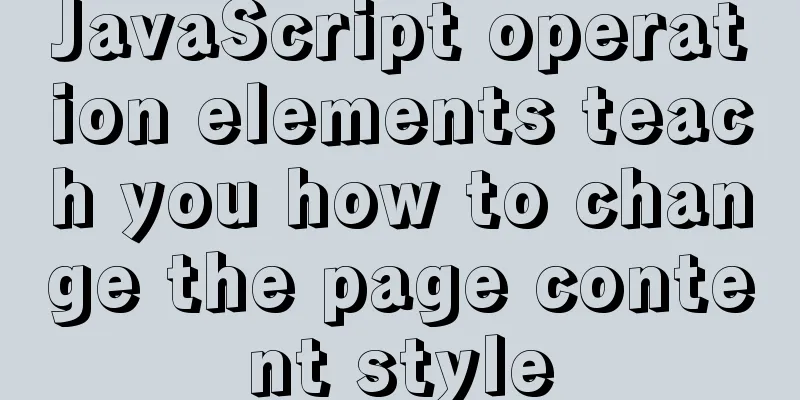
1. Operation elements
1.1. Change element content
<!DOCTYPE html>
<html lang="en">
<head>
<meta charset="UTF-8">
<meta name="viewport" content="width=device-width, initial-scale=1.0">
<title>Document</title>
</head>
<body>
<button>Show current system time</button>
<div>Some time</div>
<p>123</p>
<script>
// 1. When we click on Anne's div, the text will change // (1) Get the element var btn = document.querySelector('button');
var div = document.querySelector('div');
// (2), register event btn.onclick = function(){
div.innerText = getDate();
}
function getDate(){
// Example: Get the current system time Wednesday, November 24, 2021 var date = new Date();
var year = date.getFullYear();
var month = date.getMonth()+1;
var dates = date.getDate();
var arr = ['Sunday', 'Monday', 'Tuesday', 'Wednesday', 'Thursday', 'Friday', 'Saturday'];
var day = date.getDay();
return 'Today is:' + year + 'year' + month + 'month' + dates + 'day' + arr[day];
}
// 2. You can display events without registering them var p = document.querySelector('p');
p.innerHTML = getDate();
</script>
</body>
</html>
1.2. The difference between innerText and innerHtml
<!DOCTYPE html>
<html lang="en">
<head>
<meta charset="UTF-8">
<meta name="viewport" content="width=device-width, initial-scale=1.0">
<title>Document</title>
</head>
<body>
<div></div>
<p>
I am text <span>123</span>
</p>
<script>
// The difference between innerText and innerHtml // 1. innerText does not recognize HTML tags, while innerHtml recognizes HTML tags var div = document.querySelector('div');
div.innerText = '<strong>Today is:</strong> 2021';
// innerHtml identifies the html tag W3C standard // div.innerHTML = '<strong>Today is: </strong>2021';
// 2. These two attributes are readable and writable and can get the content inside the element var p = div.innerHTML = document.querySelector('p');
// innerText will remove spaces and line breaks console.log(p.innerText);
console.log(p.innerHTML);
</script>
</body>
</html>
1.3. Operate elements to modify element attributes
<!DOCTYPE html>
<html lang="en">
<head>
<meta charset="UTF-8">
<meta name="viewport" content="width=device-width, initial-scale=1.0">
<title>Document</title>
</head>
<body>
<button id="ldh">Andy Lau</button>
<button id='zxy'>Jacky Cheung</button>
<img src='images/ldh.jpg' alt="" title="Andy Lau">
<script>
// Modify the element attribute src
// 1. Get element var ldh = document.getElementById('ldh');
var zxy = document.getElementById('zxy');
var img = document.querySelector('img');
// 2. Register event handler zxy.onclick = function(){
img.src = 'images/zxy.jpg';
img.title = "Jacky Cheung";
}
ldh.onclick = function(){
img.src = 'images/ldh.jpg';
img.title="Andy Lau";
}
</script>
</body>
</html>
1.4、Time display example
<!DOCTYPE html>
<html lang="en">
<head>
<meta charset="UTF-8">
<meta name="viewport" content="width=device-width, initial-scale=1.0">
<title>Document</title>
<style>
img{
width: 300px;
}
</style>
</head>
<body>
<img src = "images/s.gif" alt="">
<div id="div">Good morning, dear, write code well</div>
<script>
var img = document.querySelector('img');
var div = document.getElementById('div');
// Get the current system time var time = new Date();
var h = time.getHours();
if(h < 12){
img.src = 'images/s.gif';
div.innerHTML = "Good morning, go write some code";
}else if(h < 18){
img.src = 'images/x.gif';
div.innerHTML = "Good afternoon, go and write some code";
}else{
img.src = 'images/w.gif';
div.innerHTML = "Good evening, go write some code";
}
</script>
</body>
</html>
1.5. Form attribute operation
<!DOCTYPE html>
<html lang="en">
<head>
<meta charset="UTF-8">
<meta name="viewport" content="width=device-width, initial-scale=1.0">
<title>Document</title>
</head>
<body>
<button>Button</button>
<input type="text" value="Input content"/>
<script>
// 1. Get the element var btn = document.querySelector('button');
var input = document.querySelector('input');
// 2. Register event handler btn.onclick = function(){
// input.innerHTML = 'clicked'; This is a common joint venture, such as the content in a div tag // The value text content in the form is modified by value input.value = 'clicked';
// If you want a form to be disabled and you can no longer click disabled, we want this button to be disabled // btn.disabled = true;
this.disabled = true;
// this refers to the caller of the event function}
</script>
</body>
</html>
1.6. Imitation of Jingdong's hidden and displayed password operation
<!DOCTYPE html>
<html lang="en">
<head>
<meta charset="UTF-8">
<meta name="viewport" content="width=device-width, initial-scale=1.0">
<title>Document</title>
<style>
.box {
position: relative;
width: 400px;
border-bottom: 1px solid #ccc;
margin: 100px auto;
}
.box input {
width: 370px;
height: 30px;
border: 0;
outline: none;
}
.box img {
position: absolute;
top: 5px;
right: 7px;
width: 24px;
}
</style>
</head>
<body>
<div class="box">
<label for="">
<img src="images/close.png" id="eye">
</label>
<input type="password" name="" id="pwd"></input>
</div>
<script>
// 1. Get element var eye = document.getElementById('eye');
var pwd = document.getElementById('pwd');
// 2. Register event handler var flag = 0;
eye.onclick = function(){
// After clicking once, the flag must be operated if (flag == 0) {
pwd.type = 'text';
eye.src="images/open.png";
flag = 1; //assignment operation}else{
pwd.type='password';
eye.src="images/close.png";
flag = 0;
}
}
</script>
</body>
</html>
1.7. Style attribute operation
<!DOCTYPE html>
<html lang="en">
<head>
<meta charset="UTF-8">
<meta name="viewport" content="width=device-width, initial-scale=1.0">
<title>Document</title>
<style>
div {
width: 200px;
height: 200px;
background-color: pink;
}
</style>
</head>
<body>
<div></div>
<script>
// 1. Get the element var div = document.querySelector('div');
// 2. Register event handler div.onclick = function() {
this.style.backgroundColor = 'purple';
this.style.width = '250px';
}
</script>
</body>
</html>
1.8. Display and hide QR codes Key point: Modify
<!DOCTYPE html>
<html lang="en">
<head>
<meta charset="UTF-8">
<meta name="viewport" content="width=device-width, initial-scale=1.0">
<title>Document</title>
</head>
<body>
<div class = "close-btn" style="display: block;">
<img src = "images/ewm.png" id = "img">
</div>
<script>
// 1. Get the element var btn = document.querySelector('.close-btn');
var img = document.querySelector('img');
// 2. Register event processing btn.onclick = function(){
btn.style.display = 'none';
}
</script>
</body>
</html>
SummarizeThis article ends here. I hope it can be helpful to you. I also hope you can pay more attention to more content on 123WORDPRESS.COM! You may also be interested in:
|
>>: About the problem of offline installation of Docker package on CentOS 8.4
Recommend
Detailed explanation of MySQL multi-table query examples [link query, subquery, etc.]
This article describes MySQL multi-table query wi...
HTML dl, dt, dd tags to create a table vs. Table creation table
Not only does it reduce the cost of website develo...
Detailed explanation of basic concepts of HTML
What is HTML? HTML is a language used to describe...
Implementation of Nginx load balancing cluster
(1) Experimental environment youxi1 192.168.5.101...
Summary of the understanding of virtual DOM in Vue
It is essentially a common js object used to desc...
Implementing WeChat tap animation effect based on CSS3 animation attribute
Seeing the recent popular WeChat tap function, I ...
How to view the status of remote server files in Linux
As shown below: The test command determines wheth...
Summary of some common uses of refs in React
Table of contents What are Refs 1. String type Re...
In-depth explanation of MySQL learning engine, explain and permissions
engine Introduction Innodb engine The Innodb engi...
Realizing the effect of carousel based on jQuery
This article shares the specific code of jQuery t...
Tips for List Building for Website Maintenance Pages
And, many times, maintenance requires your website...
How to make React components full screen
introduce This article is based on React + antd t...
Summary of the use of vue Watch and Computed
Table of contents 01. Listener watch (1) Function...
A brief discussion on using Vue to complete the mobile apk project
Table of contents Basic Configuration Entry file ...
mysql subquery and join table details
Table of contents 1. What is a subquery? 2. Self-...






